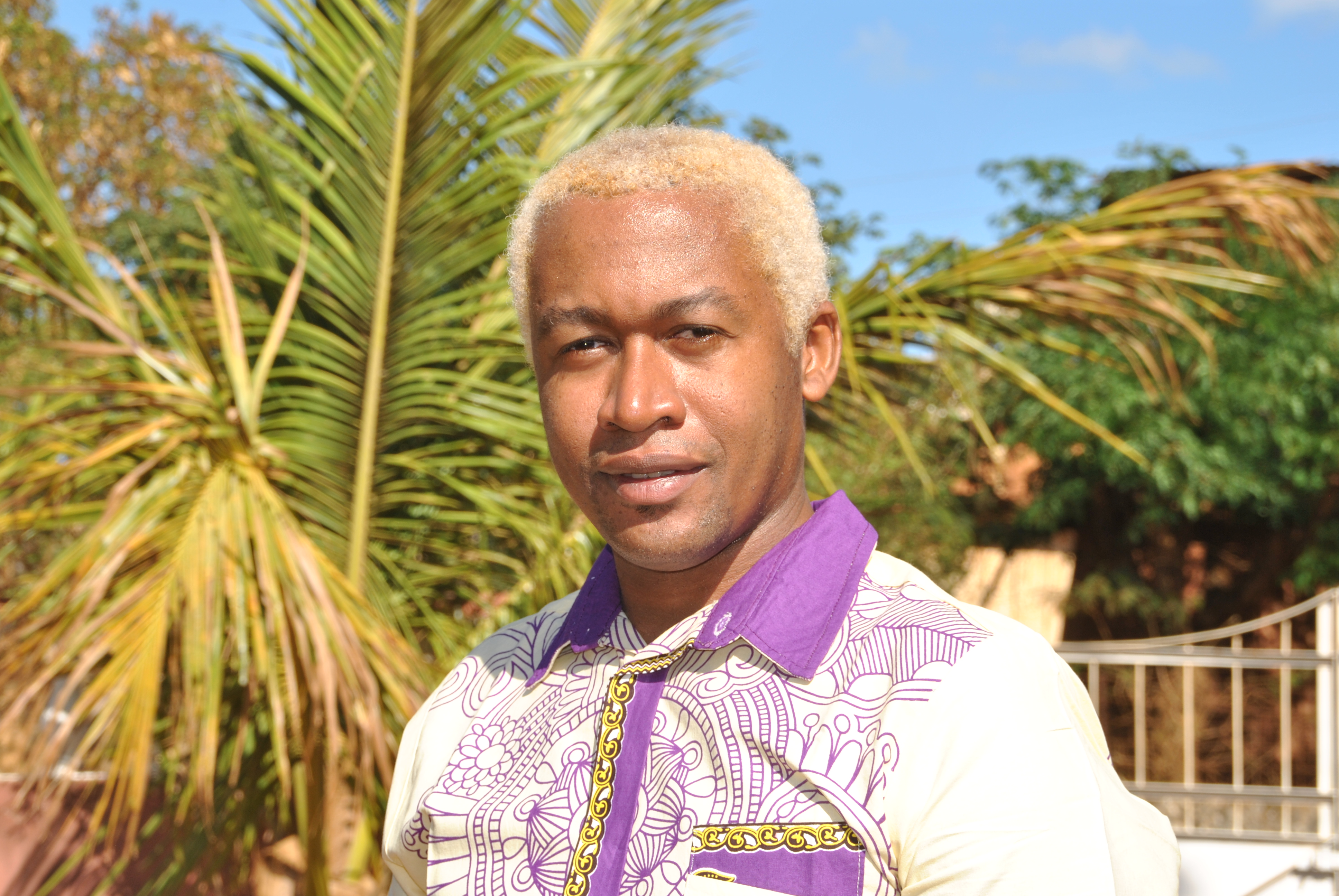1. Livelihoods and exploitation
It is important to understand how biodiversity functions as an economic resource and whether it provides opportunities for conservation or threats to populations and habitats. We are interested in the consumption of wild animals (bats, lemurs, frogs) by people and how this contributes to income generation and food security. The threats associated with bushmeat are also being explored, and these include the risk of pathogen transfer from animals to people and the consequences of unsustainable exploitation on population persistence. We are also investigating other ways that our focal species may be exploited to improve livelihoods, including ecotourism, direct payments for conservation and community-benefits for trade in CITES Appendix II species.
2. Applied re earch and conservation science
Decisions about conservation management and resource allocation are best made with robust scientific data that holds up to scrutiny. We therefore strive to conduct high quality research and publish it in peer-reviewed journals. Where possible we make our research projects relevant to conservation and livelihoods. For example, we are using results from a studies on diet and movements by flying foxes to promote their conservation as seed dispersers. Only though a better understanding of the ecology our our focal species can we hope to tailor appropriate conservation plans.
3. Education and Capacity Building
Education is the conrnerstone of community conservation and we always engage local people in the sites where we work. Indeed, our focal species tend to either be unprotected (e.g. bats), occur outside of protected areas (e.g. Mantella aurantiaca) or are neglected by other conservation teams (e.g. chameleons) and community participation and cooperation is therefore essential.
Through our student training programme we continue to nurture the next generation of Malagasy scientists. However, we also believe that capacity needs to be supported after its creation and we therefore aim to build the careers of promising Malagasy biologists through employment in Madagasikara Voakajy.
4. Site-based Conservation
Increasingly we are becoming involved in conserving critical habitats for our focal species. These sites are usually small forest fragments that have been overlooked in conservation planning but are vital for the survival of certain fruit bats as well as threatened amphibians.


